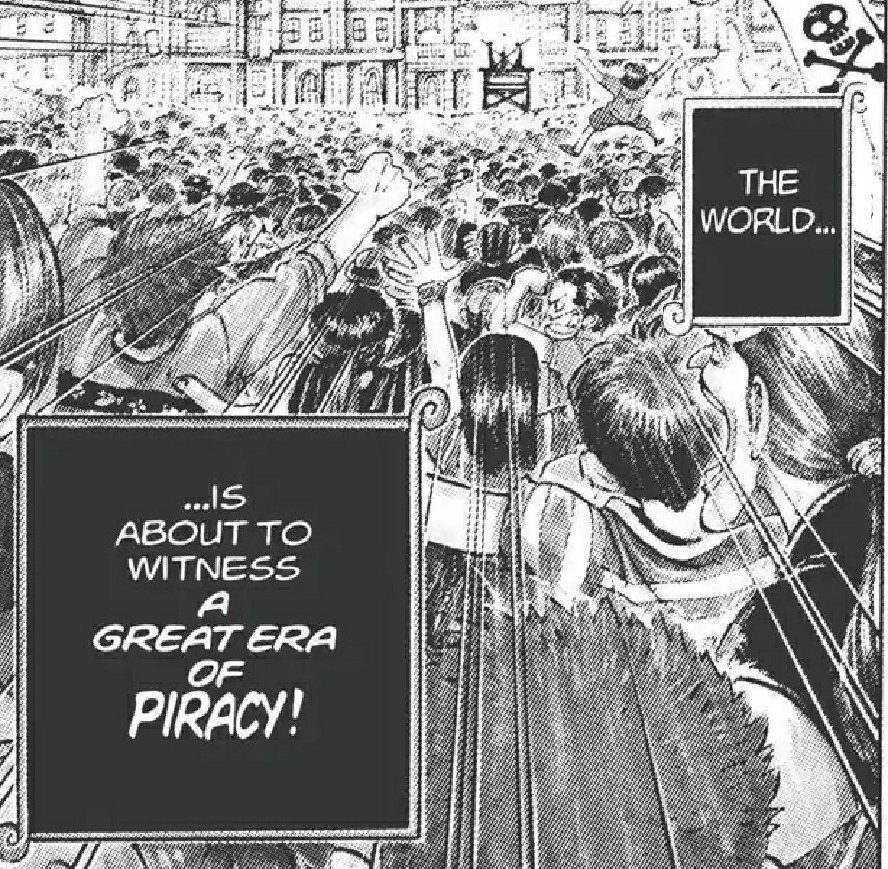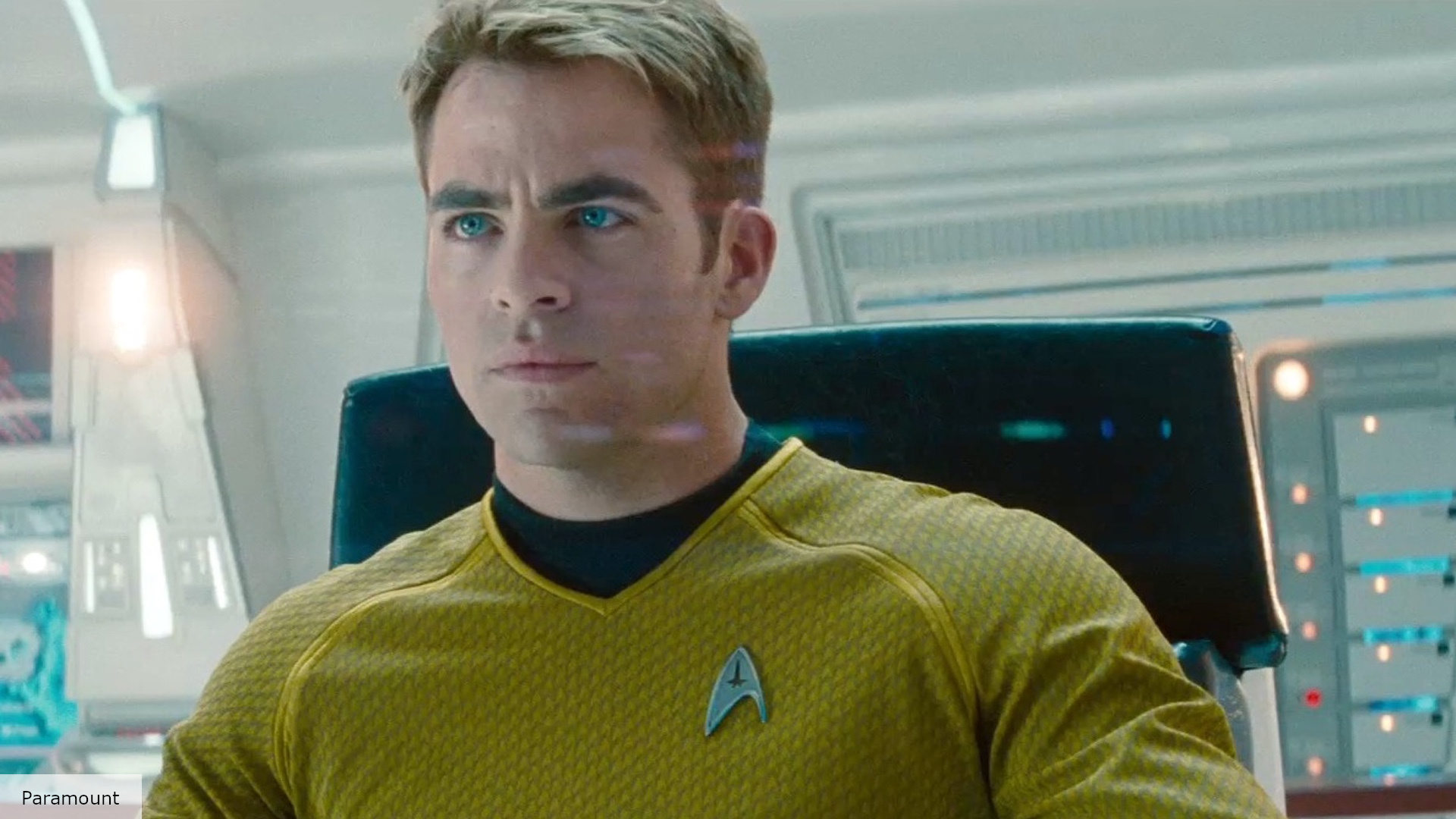“This house has many hearts.”
A horror film can make an impression, sight unseen, from its title alone. For instance, I maintain that The Evil Dead is the best title for a horror film in history. Poltergeist, too, has an excellent title. Say it out loud: “Poltergeist.” Feel how your tongue wants to trip and stumble over the consonants; like the titular monster in The Babadook, it’s effective because it almost resists articulation, owing in no small part to how unaccustomed we are to such an odd grouping of letters. It comes from two German words, poltern (“create a disturbance”) and geist (“ghost”), the implication being that a poltergeist is such a uniquely malevolent entity that a word needed to be invented in order to describe it. This is the spirit that director Tobe Hooper attempts to capture in his 1982 film Poltergeist, and while the film isn’t always successful, it should be commended for swinging for the fences. Hooper aims to disturb, not only the Freeling family at the story’s center, but the audience as well. At its best, Poltergeist is a visceral, hellish experience.
Steven Spielberg (credited here as a producer and a co-writer, although rumors persist that he took on directorial duties including casting, storyboarding, and directing the actors) wanted to make a sequel to E.T. called Nocturnal Fears, about a farm family being menaced by aliens for an unknown reason. Poltergeist, in many ways, is that film. There’s minimal setup here; one can feel how badly the film wants to skip the introductions and move on to the scary stuff. We quickly mean the Freeling family: Steven and Diane, and their children Robbie, Dana, and Carol Anne, and shortly thereafter Carol Anne is talking to “the TV people” and chairs are rearranging themselves in the family’s kitchen.
One of the narrative weaknesses of Poltergeist is that it seems to careen from one set piece to the next. This go-for-broke mentality served Hooper well on The Texas Chainsaw Massacre, but that’s a smaller, nastier film, and the mentality is better applied. That’s not to say his work here is unimpressive – anything but. Whether Spielberg directed the actors is immaterial, because the set pieces are unmistakably Hooper’s work. It’s not enough for the Freelings’ house to be haunted; here it’s the most haunted.
Poltergeist is not a quiet movie. When paranormal occurrences begin happening, it’s like a domino effect; one begets another and so on. Robbie’s silverware is bent; the dog is barking at the wall; Carol Anne slides across the kitchen floor. It’s interesting how Diane tries to rationalize things (“It’s like another side of nature”) up until she can’t anymore. The first time Hooper flexes his muscles it’s in a long set piece that plays like a musical crescendo, growing from pianissimo to fortissimo. First a tree outside Robbie’s room bursts in through his window, grabbing at him with gnarled hands – then outside, as the family tries to free him, we see a tornado in the distance (in southern California) – and lastly, the bedroom closet becomes a vortex, sucking in all manner of things to God knows where: toys, decorations, and finally Carol Anne.
It’s here that Poltergeist suffers from some second-act lull, as the constant signs of ghostly intrusion – a whirling dervish of toys, or a parade of ghosts marching down the stairs – become so much sound and fury; eventually the viewer becomes inured to the spectacle and wishes for some more narrative momentum (it’s especially egregious on the DVD, where the effects look particularly dated; Spielberg could have been forgiven for taking a page from his pal George Lucas’s playbook and given them an update). The score, by Jerry Goldsmith, does the film no favors either. I like Goldsmith’s work (he wrote the music for Alien), but his score has no idea what kind of movie it’s meant to accompany. It’s too often wondrous when it should be foreboding, and a lot of it sounds like a lullaby, making it an especially poor fit for the material. The fact that it nabbed an Oscar nomination is frankly ridiculous. The script, too, is found wanting; Dana and Robbie prove to be nonessential to the story, and out of courtesy towards a child actor I’ll just say that young Oliver Robins, who plays Robbie, is given a little more than he can handle.
There is, however, a fun sequence involving a team of paranormal investigators led by Dr. Lesh, who forms a nicely maternal bond with Diane. In this sequence we get some nice practical effects, as a steak inches along a countertop like a worm, and a man having a ghastly vision of himself tearing the flesh from his face.
Hooper is able to stick the landing, though, and that’s due in no small part to the appearance of Tangina, a diminutive medium played by Zelda Rubinstein, who easily walks away with the movie. Rubinstein plays Tangina almost like a sprite, or an imp; she speaks in a voice that is both flat in its affectation and sing-song in its delivery, and she sounds like a fairy-tale narrator even while giving what’s essentially a long exposition dump. Rubinstein’s performance is right in Poltergeist‘s sweet spot, the point at which Hooper’s and Spielberg’s sensibilities were supposed to meet; she’s alternately childlike and foreboding, sometimes simultaneously.
Tangina, with Diane’s help, retrieves Carol Anne, and the Freelings’ problems are ostensibly over (“This house is clean,” she declares), but if that were true, there would be no time left for Hooper’s greatest set piece, as the house starts falling apart and we get our first glimpse of the entity trying to claim Carol Anne, taking the form of a giant skull, screaming in the closet doorway. The whole sequence plays as barely controlled chaos, to its credit; Dana puts a nice cap on it when she sees it from outside and can only shriek, “What is happening?” (Carol Anne counter this inside with a nicely deadpan plea: “No more.”) The ending of Poltergeist is rightfully famous, as it makes for one of the most memorable images in all of horror cinema. The house implodes in on itself, collapsing into nothingness and leaving nothing but an empty lot. It’s striking for its inversion of a trope; the haunted house isn’t destroyed, it ceases to exist. The implication is clear: what would have become of the Freelings if they had been inside?
I have avoided discussing the Poltergeist curse, because I believe to do so would be in poor taste. Suffice it to say, many people involved with the production met untimely, sometimes grisly ends (some chalk this up to the use of real skeletons in the final sequence). I will say that knowledge of the curse casts a pall over the film, and perhaps it makes it scarier than the film actually is. There’s something dark, something ominous, something not right about Poltergeist, and it’s not always on screen.
10/1: Dawn of the Dead
10/2: Drag Me to Hell
10/3: Pet Sematary
10/4: The Descent
10/5: Repo! The Genetic Opera
10/6: Desierto
10/7: The Blair Witch Project
10/8: Blair Witch
10/9: The Texas Chainsaw Massacre
10/10: A Nightmare on Elm Street (2010)
10/11: Prince of Darkness
10/12: 30 Days of Night
10/13: Friday the 13th (2009)
10/14: Slither
10/15: Tremors
10/16: Pandorum
10/17: It Follows
10/18: A Girl Walks Home Alone at Night
10/19: Poltergeist
10/20: Paranormal Activity
10/21: Creepshow
10/22: VHS
10/23: Nosferatu the Vampyre
10/24: An American Werewolf in London
10/25: The Witch
10/26: The Rocky Horror Picture Show
10/27: Cronos
10/28: The Hills Have Eyes
10/29: The Hills Have Eyes (2006)
10/30: Tucker and Dale vs. Evil
10/31: Halloween (2007)






